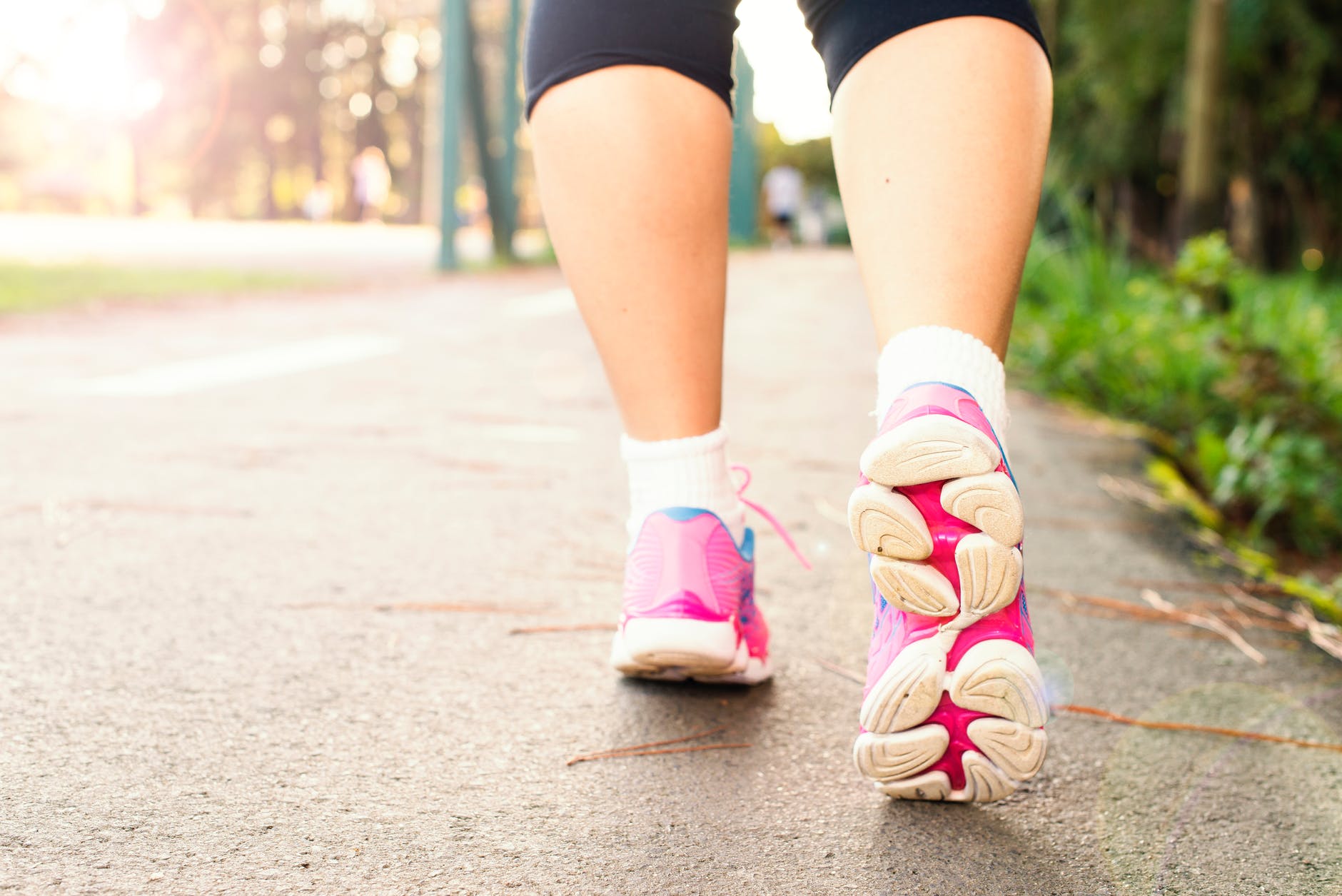Do you suffer from sciatica ? If so, you know how painful and debilitating it can be. In this article, we will discuss the positions to avoid so as not to aggravate your sciatica.
Many people don't realize that there are specific positions that can cause more pain and worsen their symptoms. We're going to give you some helpful tips for maintaining proper posture, and keeping your spine in good health !
Sciatica: position to avoid, we tell you everything!
Anatomy of the lumbar spine and nerf sciatica
The human spine is made up of a series of vertebrae, separated by intervertebral discs. The spinal cord crosses the vertebrae and provides communication between the brain and the rest of the body.
La lumbar spine is the lower part of the spine and consists of five lumbar vertebrae. THE nerf sciatica is a big nerf which starts from the lower back and goes down the length of the leg. It is responsible for sensation in the leg and foot, as well as assisting in muscle movement.
The intervertebral discs act as shock absorbers for the spine and also allow movement between the vertebrae. the nerf sciatica passes through a small opening in the lumbar spine, called the foramen.
When this opening narrows, it can cause compression of the nerf, resulting in pain, numbness or weakness in the leg. Treatment for this condition may involve physiotherapy, injections, or surgery.
What is a sciatica mean exactly? Definition and explanation
La sciatica is a common problem that can cause considerable pain and discomfort. It is characterized by compression or irritation of the nerf sciatica, which is the largest and longest nerf from the body.
Ce nerf ensures both the sensitivity of part of the leg and part of the movement of the leg. The sciatica can be very painful and debilitating, making it difficult to walk or even stand.
What are the causes and symptoms of sciatica ?
La sciatica is a term used to describe symptoms of pain in the leg (and sometimes the arm) that are caused by compression or irritation of the nerf sciatica. When this nerf is compressed or irritated, it can cause a number of symptoms, including:
- Pain,
- numbness
- And weakness.
La sciatica is most often caused by a herniated disc, when the cushions between your vertebrae are damaged and put pressure on the nerfs.
Other causes include:
- La spinal stenosis (narrowing of the spinal canal),
- Vertebral osteoarthritis
- The pregnancy
- And the piriformis syndrome (a condition in which the buttock muscle irritates the sciatic nerve).
What are the positions to avoid in the presence of sciatica ?
Although there is no one-size-fits-all approach to treating sciatica, certain actions should be avoided to prevent further pain and damage. These restrictions mainly apply in the acute phase, or when the leg is particularly painful.
These include prolonged sitting, prolonged standing, twisting or jerking. Instead, it's important to maintain a straight posture and keep your spine in alignment.
You may also find relief by lying on your back with a pillow under your knees or by placing a heating pillow on the affected area.
Obviously, these tips will no longer apply when the symptoms are under control. In this case, we will try to regain flexibility in all directions, and resume sports and leisure activities while respecting the pain threshold.
How to position yourself to get the best pain relief sciatica ?
There are several things you can do to help relieve the pain and discomfort of sciatica. First, try to keep your spine in a neutral position as much as possible.
This means that you should avoid positions that put a lot of pressure on the discs, nerfs and the muscles of the lower back.
You should also avoid sitting or standing for long periods of time, as well as twisting or shaking your spine. In the acute phase of sciatica, it is also important to keep the lumbar spine in a neutral position.
Some doctors prescribe lumbar belts to stabilize the lumbar region and the pelvis in the short term. By following these tips, you can help relieve your symptoms and prevent further damage.
The most effective approach to avoiding discomfort due to sciatica depends on the individual case. Indeed, the root cause of the pain of the nerf sciatica differs from person to person.
For example, if the cause is a herniated disc, it is recommended to avoid sitting positions and forward bends.
On the other hand, if the root cause is osteoarthritis, extension movements should often be avoided. In general, each person reacts differently to various positions and it is important to listen to their body in order to determine which movements or positions will exacerbate the pain.
La Mckenzie method also uses the concept of preferential direction to identify positions that aggravate symptoms, and by emphasizing movements and postures that induce a reduction in pain.
In sum, by understanding the general rule for each root cause, it becomes easier to make an informed decision about which positions to avoid.
Conclusion
The rehabilitation of a person with sciatica should be entrusted to qualified health personnel, who will be able to identify the best positions and exercises to accelerate healing and prevent relapses.
Although certain positions are generally to be avoided (such as sitting cross-legged or lean forward) the reality is that each case is different and a personalized assessment is essential.
The goal of rehabilitation is not to achieve complete immobility, but rather to regain full and painless range of motion. fear of movement (kinesiophobia) is a common reaction after an episode of sciatica, but it can actually lead to additional muscle weakness and stiffness.
The McKenzie Method is an approach that has been shown to be effective in treating sciatica. This method involves different exercises and positions that help relieve pressure on the nerf sciatica and improve mobility.
With the help of a physiotherapist (physiotherapist), it is possible to gradually regain confidence in the movement and achieve long-term recovery.











